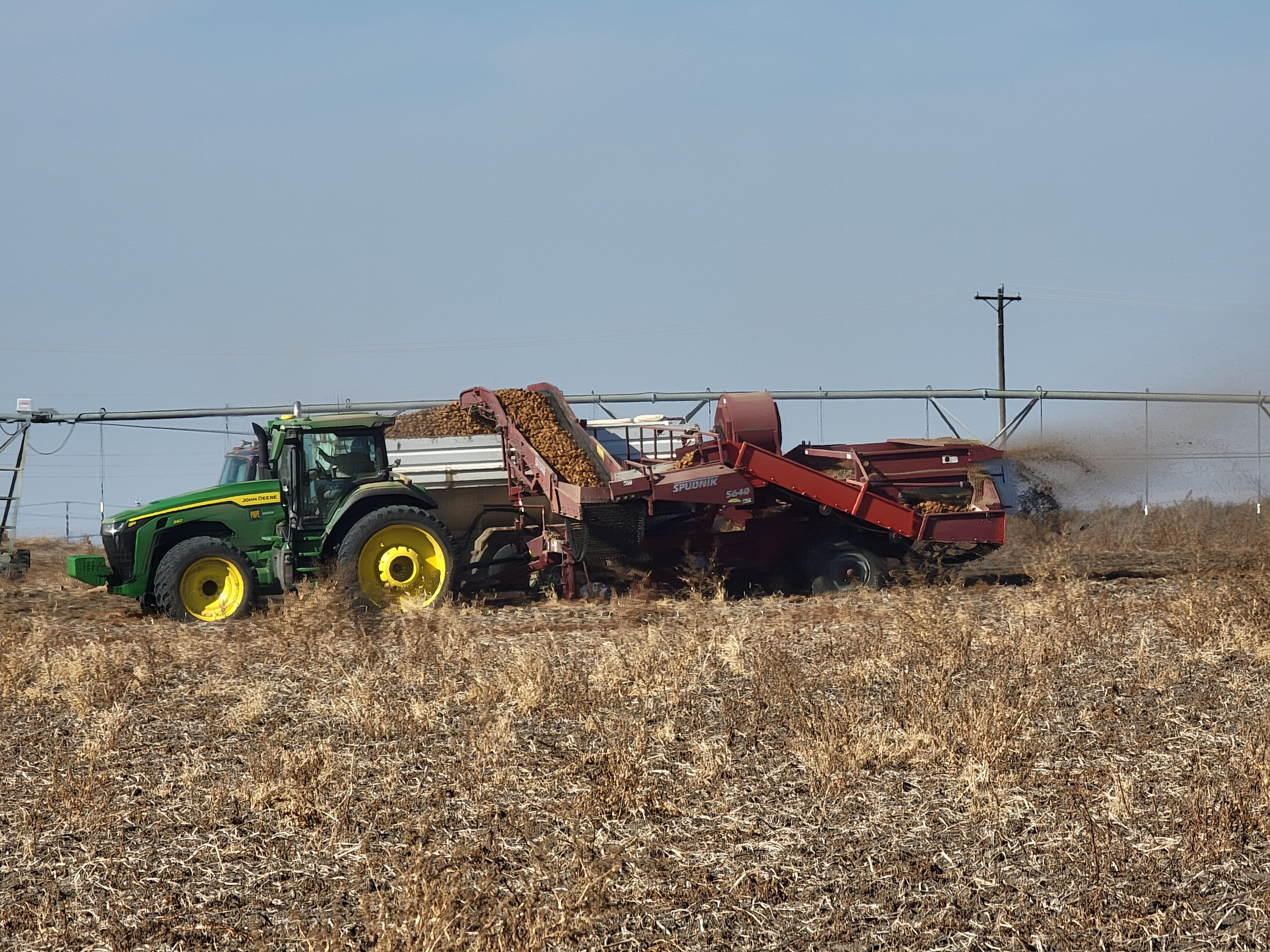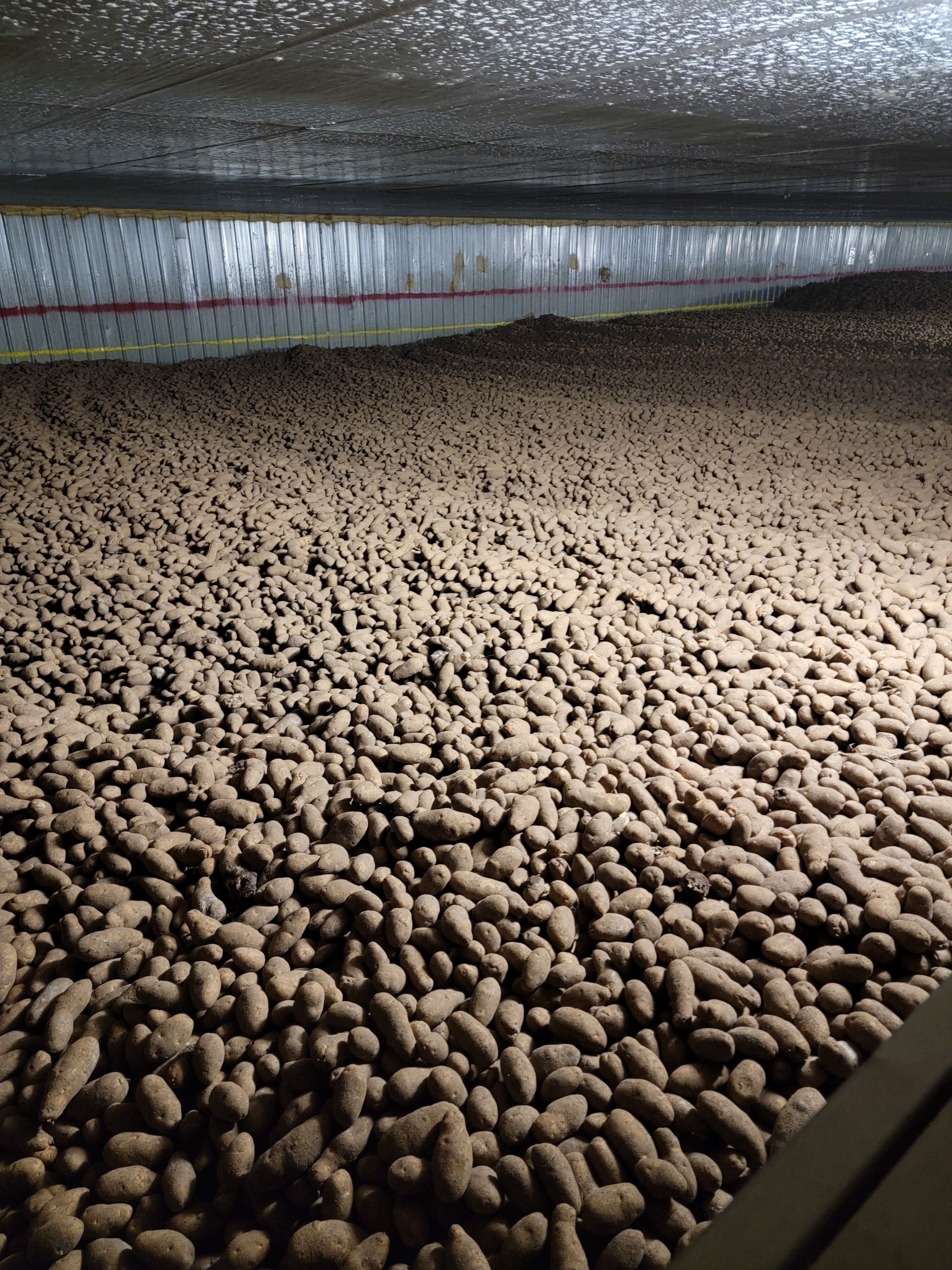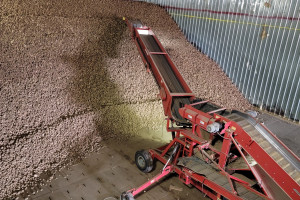Where Do the Best Potatoes Come From? Washington, Of Course!
French Fries, Mashed Potatoes, Baked Potatoes, Potato Salad...There are so many ways that we enjoy potatoes in our lives but have you ever thought about where the potatoes come from? Before spending time with the Washington State Potato Commission, I didn’t know a lot about potatoes.
I know how to cook with a potato, but I had never stopped to think about how a potato goes from a farm to the grocery store. 99% of Washington Potato Farms are family farms! That statistic blew my mind and reminded me of the generations of people who have put their heart into making sure my family has amazing potatoes when we want them. I also learned there are over 170,000 acres of potatoes in Washington State. We live in Eastern Washington, and I have seen the signs on I-90 that say there is a potato field, but I honestly didn’t realize that potatoes are grown in 10 counties in Washington.
Our day started with a fantastic lunch that featured some of the ways you can enjoy potatoes, including using a potato chip as a drink garnish. Lunch was excellent and oh so delicious but what blew my mind was stepping in the dirt of the potato fields. Stepping off the bus, the ground looked like it was just mounds of dirt. There was some dry vegetation on the top, but nothing really stood out until all of a sudden a tractor started driving down the field with a huge truck.
As we watched, hundreds of potatoes were being harvested from the field and loaded into the truck to be driven to the storage facility. My jaw dropped while watching the sheer number of potatoes that were being loaded into the truck. We learned that Washington State produces 44% more potatoes per acre than the U.S. Average. To give you an idea that is equal to an average yield of 60,000 pounds per acre. 60,000 pounds!
Adam from Weber Farms answered all of our questions and helped us understand the process of planting to harvest. He shared how potato growers are able to use irrigation systems that carefully control the amount of water and nutrients that are applied to each field. He can run a soil test and get the results sent directly to his phone so he knows exactly how much water to apply in each area of the farm.
He also explained that the tractors they use can measure the number of potatoes they are harvesting and map out which parts of the field produce more or fewer potatoes. This enables them to use water effectively along with nutrients to grow the best potatoes.Grower Adam mentioned that it is their goal to be a steward to the land so he can pass it on to future generations. He is a third-generation potato farmer and wants future generations to be able to continue to farm the land.
Have you ever wondered how to store potatoes properly? I asked Adam the best way to store a potato and he instantly told me at 46 degrees and in a dark location. While my brain was spinning on where that would be in our house we took a ride over to a potato storage facility. This potato storage facility held 96 million pounds of potatoes! It is hard to describe what it is like to look at potatoes that are 20 feet deep and the facility is hundreds of yards long. I had to stop and take it all in when I first looked out over that many potatoes. Of course, my brain then started wondering what happens to all of the potatoes and why is it so loud in the storage facility. Adam explained to us the noise came from a wind tunnel under the storage facility that constantly sends air up through the floor to make sure the potatoes are kept at the correct temperature.
Approximately 87% of Washington potatoes are turned into frozen or dehydrated potato products, or our favorite potato chips. The remaining potatoes are sold in the fresh market and we enjoy them in restaurants or buy them at the grocery store.
I can honestly say that the next time I buy potatoes at our local grocery store I will be making sure they are Washington Potatoes. I will also be thinking about all of the hard work and dedication that goes into growing delicious potatoes.










